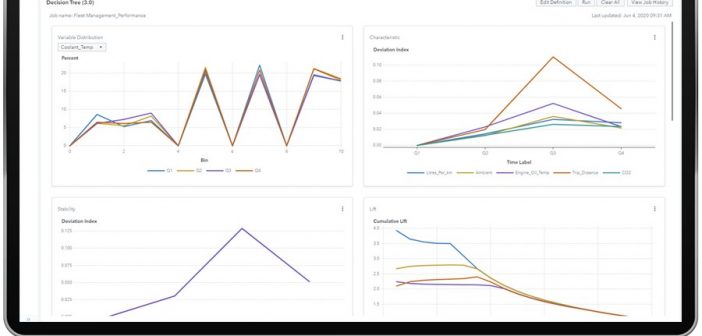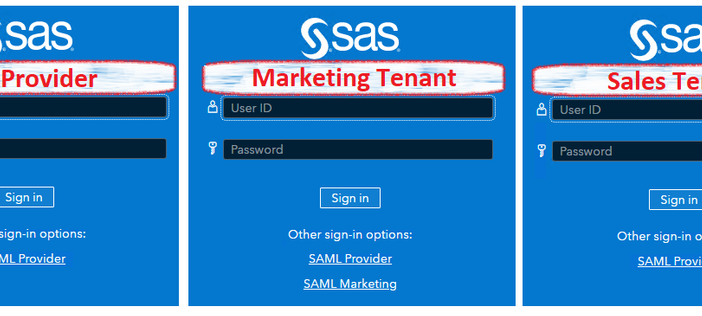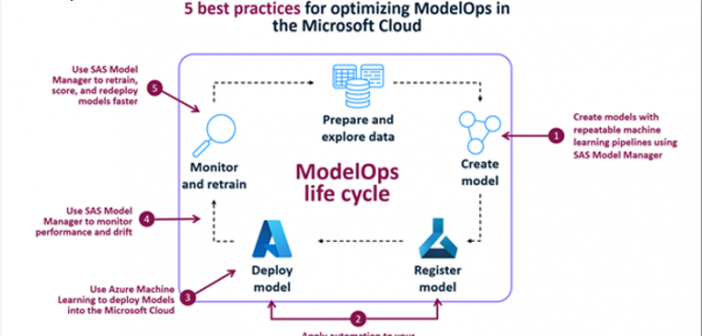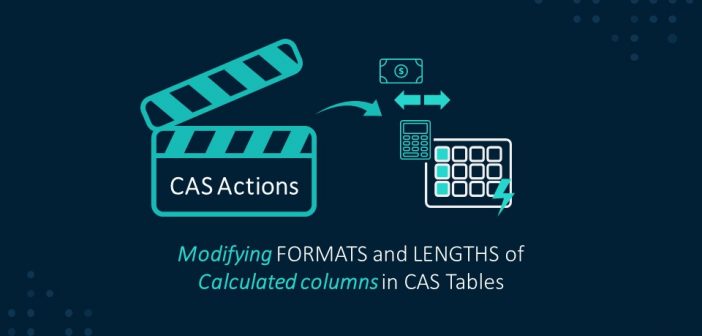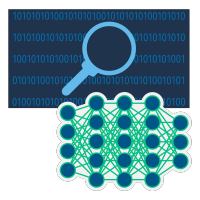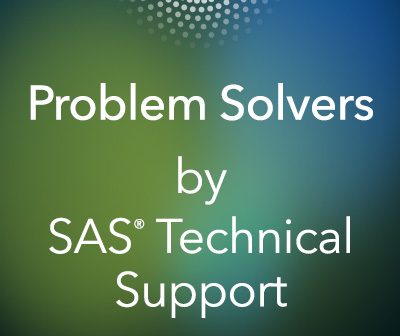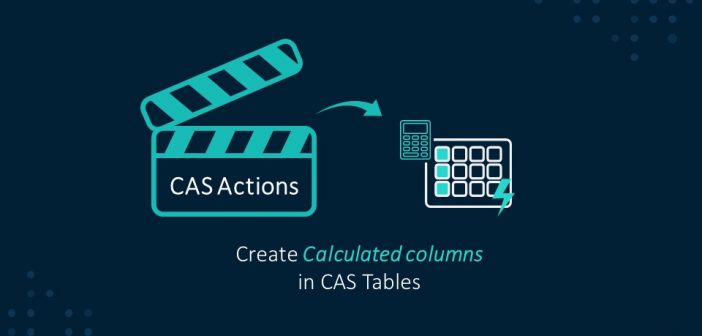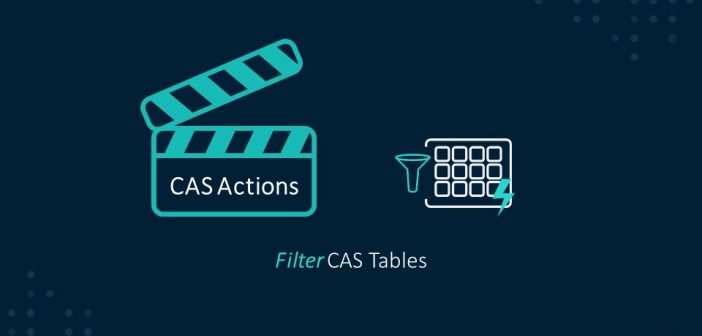Running CMS-HCC Risk Adjustment models with SAS Analytics Pro on Viya
The CMS-HCC Risk Adjustment models are used to reimburse Medicare Advantage plans based on the health status of the plans’ members. CMS-HCC Risk Adjustment is the practice of assigning a risk score based on demographics and diagnoses to an individual beneficiary of Medicare for the purpose of calculating an expected cost of care, relative to the average beneficiary. Accurate risk adjustment requires an accurate diagnostic profile of an individual on an annual basis, documenting diagnoses via submitted claims or within a provider's medical record.
